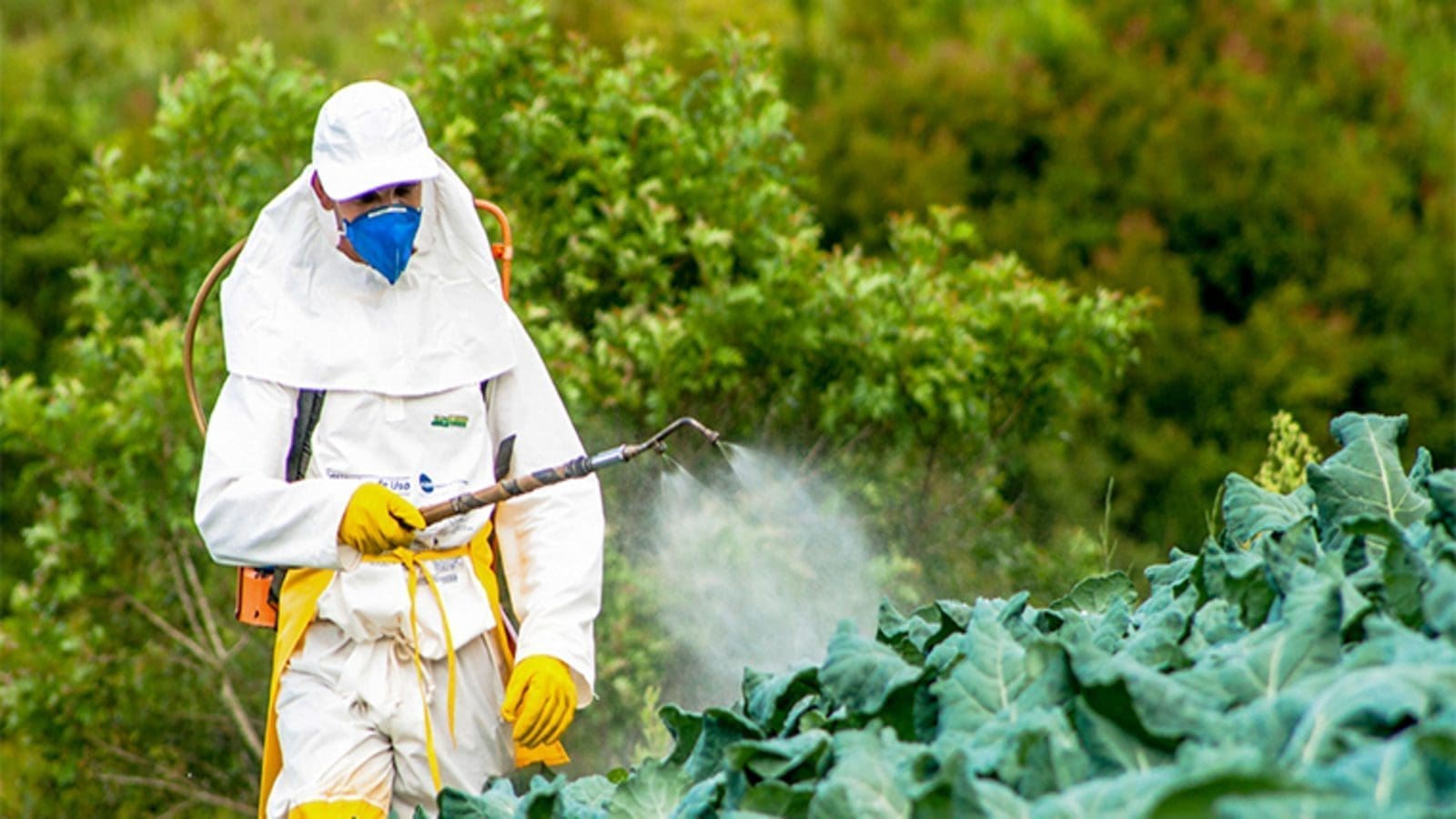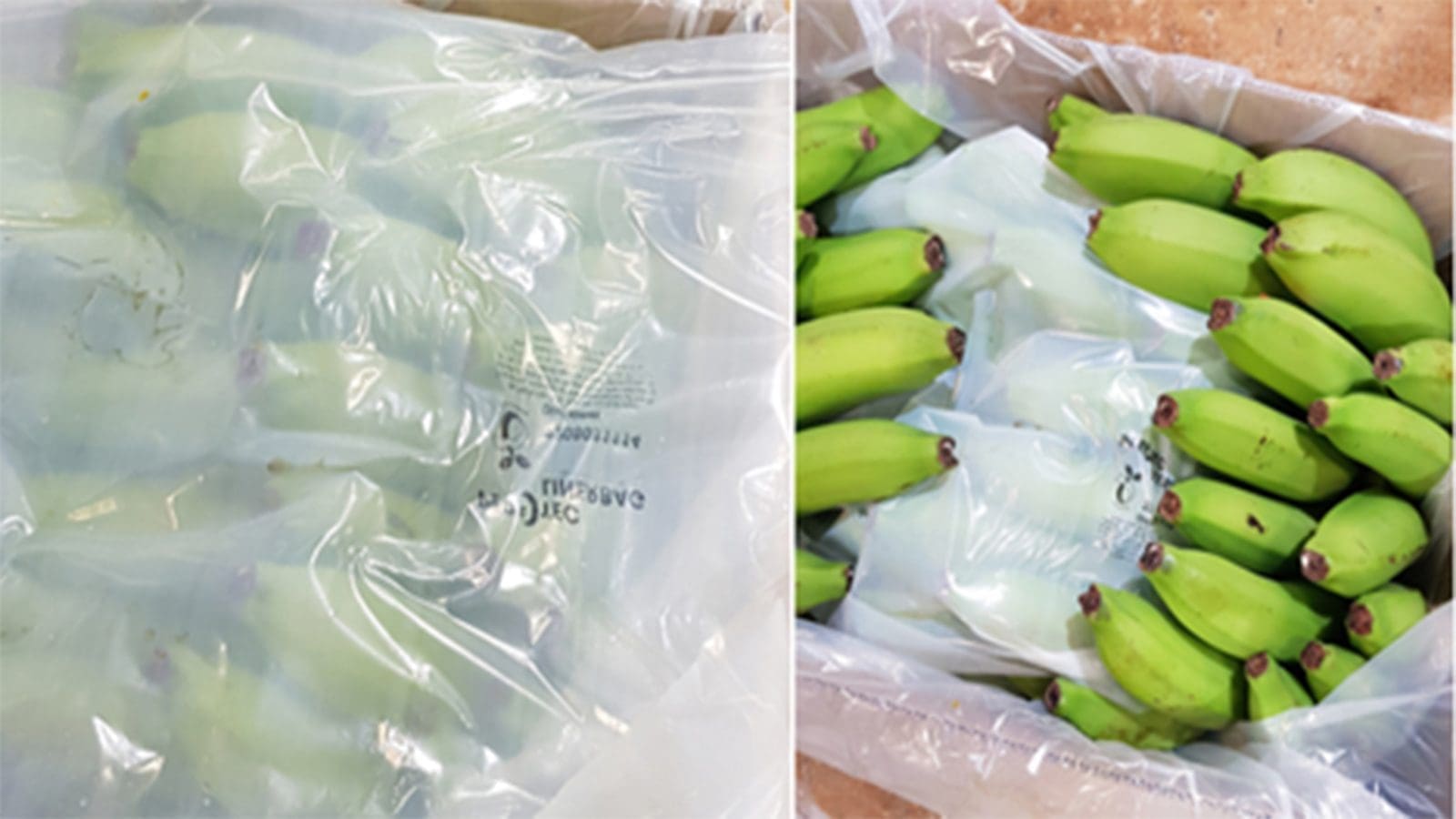U.S – The U.S. Food and Drug Administration’s (FDA) annual Pesticide Residue Monitoring Program Report for FY 2019 has revealed that a huge part of the 4,692 total samples tested, had met the pesticide residues tolerance levels set by the U.S. Environmental Protection Agency (EPA).
This is in line with the trend of low levels of pesticide residue violations over the past 8 years.
Growers often use pesticides to protect their crops from insects, weeds, fungi, and other pests. To protect public health, the EPA sets tolerances on the amounts of pesticides, known as pesticide chemical residues, that may remain in or on some foods. The FDA’s role is to ensure that pesticide chemical residues in or on foods comply with the EPA tolerances.
“We consider a food to be in violation of federal standards when it has pesticide chemical residues above the EPA tolerance, residues of pesticides that have no EPA tolerance, or residues of pesticides that do not have a tolerance exemption for that specific pesticide/commodity combination,” said FDA.
In case of non-conforming domestic products, FDA may issue a warning letter to the responsible grower/manufacturer or seize the food to withdraw it from the market or seek an injunction to correct the cause of the violation.
For imported food samples, the company and the food may be placed on an Import Alert to bar the food from entering the country.
Study outcomes
Out of the 4,327 human food samples tested, 98.7% of the 1,258 domestic and 89.1% of the 3,069 imported samples were in compliance with federal pesticide residue standards. No pesticide chemical residues were found in 42.4% of domestic and 49.4% of imported human food samples.
Similarly, the FDA tested 365 animal food samples and uncovered that 98.4% of the 127 domestic and 95.4% of the 238 imported samples were in compliance.
“We also found no pesticide chemical residues in 40.9% of the domestic and 43.7% of the imported animal food samples,” FDA reported.
Higher risk commodities
The regulatory watchdog also conducted an additional analysis to evaluate the effectiveness of its current sampling design which targets commodities and production sources that are likely to be higher risk.
Past studies have evidenced that the violation rate for imported foods is higher than for domestic foods so every year approximately 70 percent of the commodities sampled are imports. The FDA also identifies imported foods that warrant special attention, such as increased future sampling, since they have a violation rate of 10 percent or higher and meet other criteria.
“For most commodities, our current sampling and analysis strategies capture the commodities that truly warrant special attention. However, we determined that additional sampling is needed for commodities with violation rates near 10 percent or where the number of imports samples collected is relatively low,” noted the regulator.
As a result, the FDA has increased the number of samples requested for FY 2022 sampling for cabbage, lemons, lettuce, and soybeans.
Animal-Derived Foods
FDA also analyzed 153 samples of domestic milk, shell eggs, honey, and game meat for pesticides under the “Domestically Produced Animal-Derived Foods” sampling assignment. None of the samples had a pesticide residue violation save for honey, which had 2 non-conforming samples out of the 62 samples collected. Overall, 88.9% of the samples from this focused assignment contained no residues.
The organization employs a three-fold strategy to enforce the EPA’s tolerances for pesticide chemical residues. It utilizes its regulatory pesticide residue monitoring program, to monitor a broad range of domestic and imported commodities.
It also collects samples of specific foods or tests for pesticides of special interest, an approach they opted for before introducing glyphosate into the routine monitoring program.
Furthermore, the FDA has an ongoing program that monitors contaminants and nutrients in the average U.S. diet termed the Total Diet Study (TDS). With this, it monitor the levels of pesticide chemical residues in food prepared for human consumption.
“Together with the EPA and the U.S. Department of Agriculture, we take very seriously our responsibility to keep food free of unsafe levels of pesticide chemical residues. The findings in our 2019 report demonstrate that the levels of pesticide chemical residues are generally below the EPA’s tolerances and are therefore at levels that do not pose a concern for public health,” concluded FDA.
Liked this article? Subscribe to Food Safety Africa News, our regular email newsletters with the latest news insights from Africa and the World’s food safety, quality and compliance. SUBSCRIBE HERE








